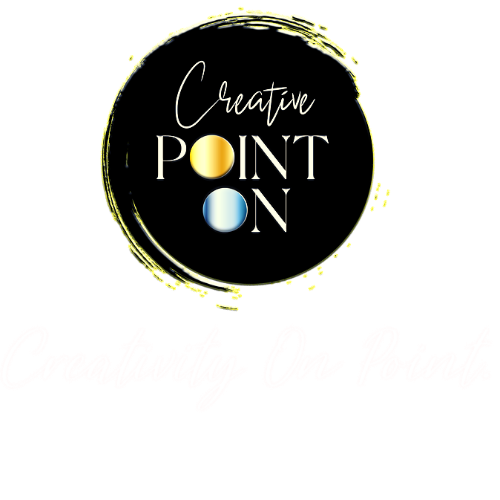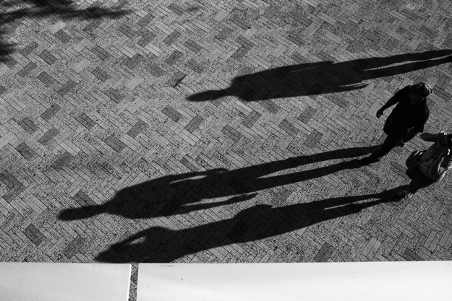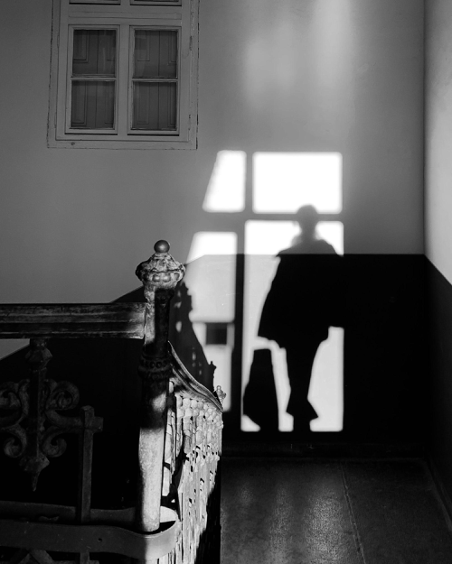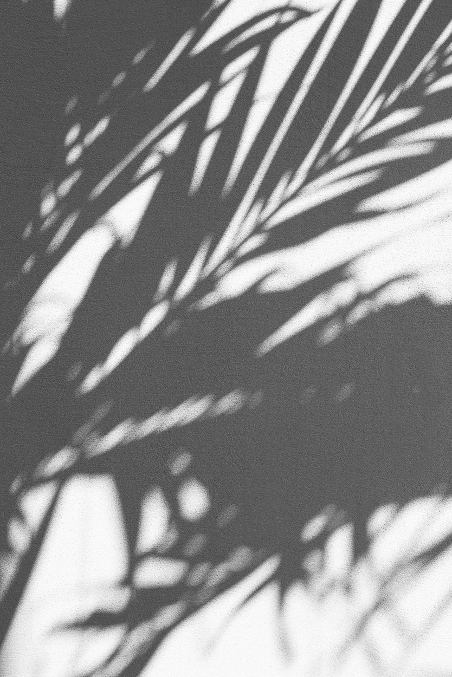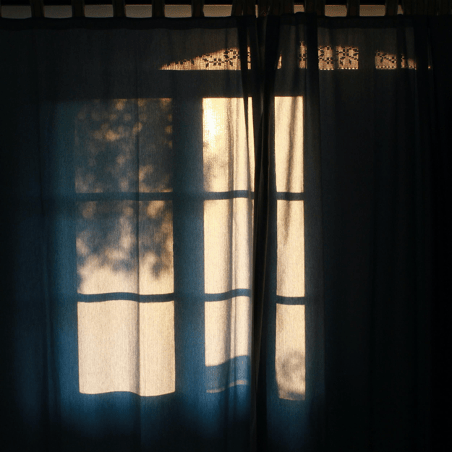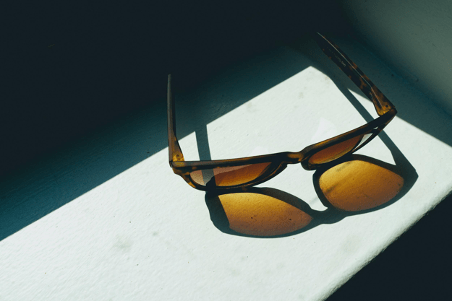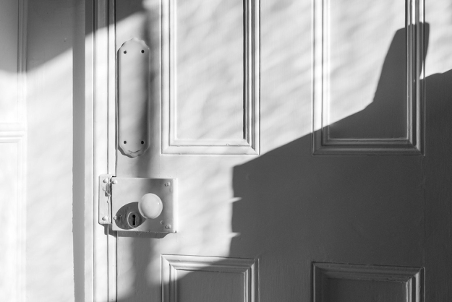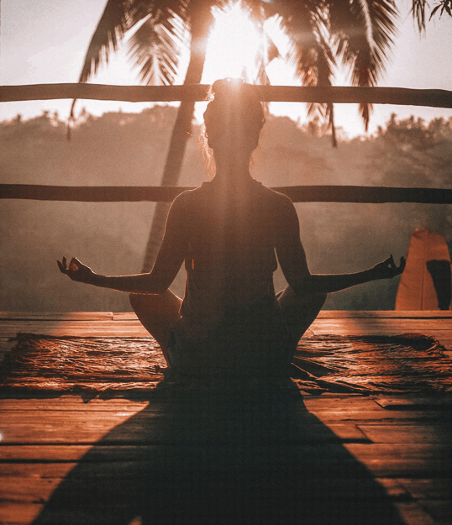French Human Rights Artist, Academic and UNESCO’s Artist for Peace Guila Clara Kessous, shares her theories on how to survive the COVID-19 by applying insights learned from assisting survivors of traumatic events such the Holocaust and the Rwandan Genocide.
by Guila-Clara Kessous
Edited by Kyra Johnson

Why does it take a pandemic to bring humanity together—and realize our interconnectedness as a collective humanity in a global society? It is such a notion which, by an act of shared solidarity, it makes it possible to draw a human perspective of the collective rather than seeing it as a Darwinian means of containing the pandemic. As a UNESCO Artist for Peace, I have spent over two decades of my life serving survivors of globally devastating events, ranging from the Holocaust to the Rwandan Genocide. Throughout the duration of this global crisis, I have made the effort to share some of my theories on how to survive COVID-19 by applying insights learned from assisting the survivors of such genocides.
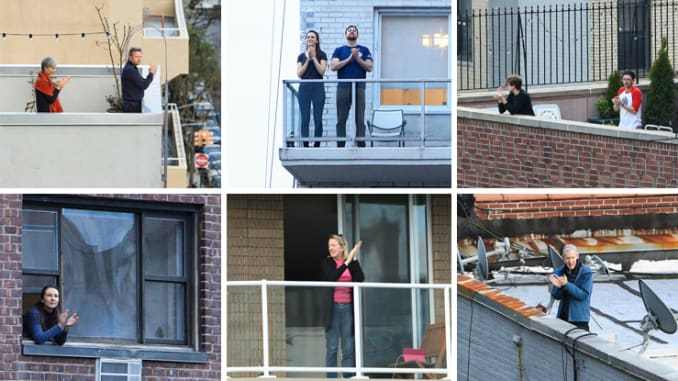
In times of remembrance of Holocaust victims, such as Yom HaShoah, I would like to remind us all that some of the most important philosophies of humanity have been derived during times of crisis. For example, Newton conceived his law of gravity during the Great Plague in the 1600s. Holocaust survivor Elie Wiesel became a Nobel Laureate for his many insights on the nature of mankind, offering perspectives such as, “The opposite of love is not hate, it’s indifference.” Now, in the face of COVID-19, we find people taking a stance towards love, such as cheering at night in New York, Paris, and Italy for healthcare workers, and governors standing up for state justice.
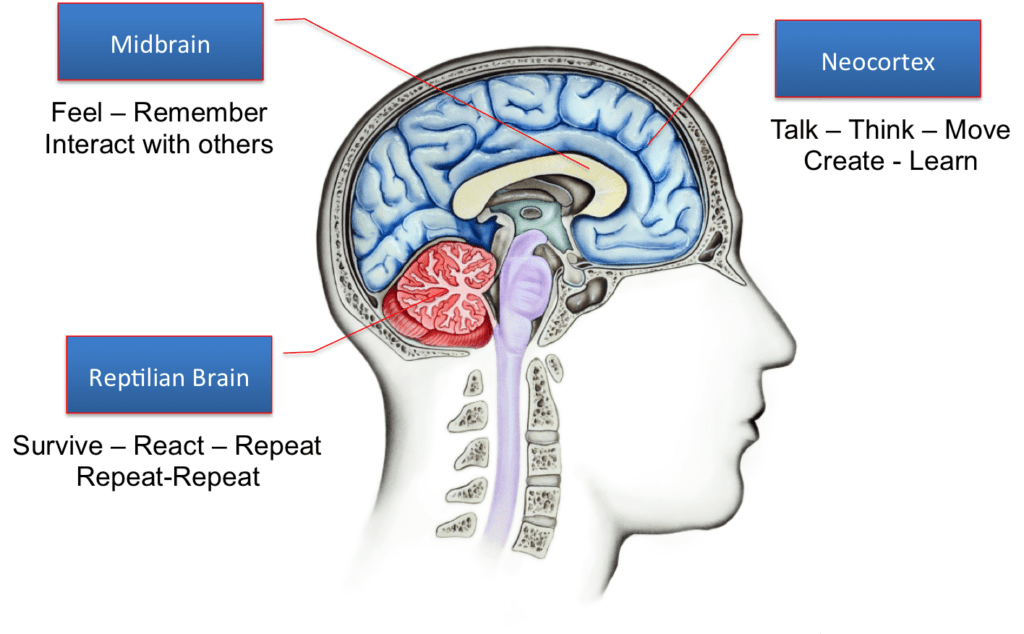
With the upheaval imposed by the coronavirus, we find ourselves developing a perspective of survival functioning linked to the reptilian brain, whose instructions were defined by Walter Bradford Cannon as the “3 F’s”: Fight, Flee, Freeze. In the face of a threat, the brain dictates a spontaneous behavior that is almost impossible to anticipate, linked to a reaction of either aggressiveness (fight = combat), dodging (flee = escape), or seizure (freeze = stunned). The extreme frustration in the case of the coronavirus is that no matter how hard the brain orders us to fight, our threat is invisible. It can order us to flee, but we are forced to remain confined in our homes. I have explained it as,
“We are left with only one option: inhibitory stupor. This is the one we can read on the faces of officials when they speak to explain the situation in the media. It is the one that animates us all. We are all shocked by the speed and intensity of this epidemic that brings back to mind the ‘memento mori’ of the Ancient Romans: ‘Remember that you are mortal.’ “
Guila Clara Kessous
It is at this precise moment that we must call upon the leader within us—the one who “shows the way”, who creates enthusiasm, who is inspiring—the one we want to follow. Overcoming sudden fear presupposes three specific lines of thought, two of which are linked to what I will call “personal leadership”. These have been consciously or unconsciously chosen by many genocide survivors (Shoah, Rwanda, and Bosnia), of whom I have had the chance to follow during customized coaching in post-traumatic dialogue sessions. Today, I advise any leader, but above all, the leader that everyone is for themselves, to be able to follow these three key guiding principles. (The third recommendation is directly related to the position of leader in an organization.) Efforts to improve ourselves as individuals will consequently guide us to a greater international unity–after all, there is no better time than now to take the first steps, as said by Anne Frank:
“How wonderful it is that nobody need wait a single moment before starting to improve the world.”
Anne Frank
1) PHYSICAL INSIGHT: FIND A NEW HOMEOSTASIS & CONNECTION TO YOUR BODY. Just fifteen minutes a day can save your life in terms of resetting the fluidity in your body. Like most post-traumatic stress syndromes, attacks on the joints can scale from the bottom to the top of the body. Moving the ankles, knees, hips, shoulders, wrists, and the neck in small circles can be fundamental to finding your healthy and new homeostasis under quarantine. Originally discovered by the scientist
Claude Bernard, the term “homeostasis” comes from the Greek “to hold”, “equal”. It refers to the body’s ability to self-regulate despite imbalances of all types caused by external factors. It thus refers to the body’s ability to balance itself despite adversity. This homeostasis, this “rebalancing”, supposes an awareness of the body’s corporeal reality; and, as in the Russian martial art system, it suggests not to “stiffen” oneself in front of the blow under the influence of astonishment, but to “get out of balance” upon a threat by wasting as little energy as possible.
“Since we can’t fight the virus, nor flee from home, let’s make this home—this body that is ours—a mindful, alert, and adaptable entity by being attentive to what it tells us.“
Guila Clara Kessous
“Healing is a process,” says Albert Nsengimana, author of How I Survived Being Killed by My Mother, and who lived in his flesh during the suffering of the Rwandan Genocide. Everyday physical efforts can help aid this vital healing process. Sporting activity, of course, is a very good illustration to which one can add a simple slow choreographed movement reflecting what the body needs. Even a simple balancing exercise at least once a day would be very highly recommended. Take a moment to stretch, spin, and dance!
2) MENTAL INSIGHT: BUILD A MINDSET OF TRAGIC OPTIMISM. People often speak of resilience. “Resilience,” a notion so dear to ethologist Boris Cyrulnik, implies a willingness to rebuild after a trauma has been accepted and experienced.
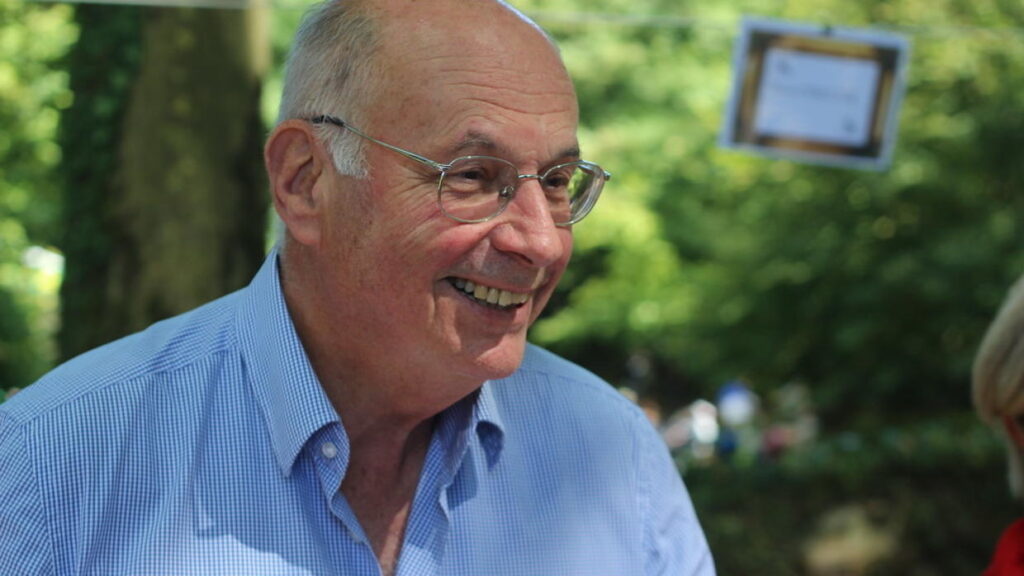
Unfortunately, with COVID-19, we are still undergoing the trauma. Victor Frankl’s notion of “tragic optimism” would be more appropriate to the situation. Otherwise, if we pursue “resilience” during this storm, it could evolve into “resignation.” As such, we need to fuel ourselves with this sense of tragic optimism. It is not a question of “happycracy” by forcing oneself to be happy in a superficial way. It is the “optimistic attitude to the tragedy of existence [that] allows. . . to turn suffering into a motive for fulfillment and accomplishment.” This “tragic optimism” tries to enable us to seek within ourselves the resources necessary to cope with a tragic existence that is beyond us. “Changing suffering into a motive for fulfillment” means daring to do what heroes and icons have done; it means maintaining positive psychology and keeping a watchful eye on the situation; neither being too fatalistically nor naively in denial of danger and keeping a belief that the best is yet to come.
3) ORGANIZATIONAL INSIGHT: BUILD A TRIBE OF COLLECTIVE INTELLIGENCE. What about the “collective body” in terms of teamwork? This line of thought comes from the experience I have gained throughout the duration of this pandemic, coaching managers by videoconference to teach them how to continue to create a link with employees when there is no longer any face-to-face presence. Leadership needs to be reinvented from an organizational point of view, especially if it pertains to an entity that is not used to virtual collaboration. When teams are required to come together through a new medium, we come to understand how valuable individual efforts are in benefitting the collective.

Malala Yousfzai, the internationally recognized advocate for education and peace, reminds us that “we realize the importance of our voices only when we are silenced.” The objective of the virtual team must be to ensure that every individual is heard and to now allow for these circumstances to silence them. There is an even greater need to find common goals in virtual teams and to reinvent storytelling. “Storytelling is a common myth to the group, a necessity for team cohesion,” as I have explained to colleagues. The appreciative inquiry method is an excellent example of re-creating collective intelligence in times of crisis and is fully applicable via videoconferencing. It involves identifying the successful factors that differentiate the collective in order to strengthen the bonds, particularly in rough times, and to show that leadership is not just a question of pyramidal authority management, but rather, a means of managing people in the service of common values, and who must face hazards such as the coronavirus together.
Combined, these three insights create a notion of “collective humanity” to replace “collective immunity,” which in some ways is a much more Darwinian perspective of the world. For humanity consists of a body, a spirit, and a living-together, as the three dimensions of this article show. In addressing the progress of the Rwandan nation following its 1994 tragedy, Nsenigmana believes that “it’s better to live behind our past, our story. To move forward. To be together, to consolidate, to make a unit.” An applied mentality of collectivism that aims to unite humanity also points to Nobel Prize-winning existentialist, Albert Camus, in his reminder in an eponymous book narrating another famous epidemic:
“The only way to put people together is still to send them the plague.”
Albert Camus
Not even halfway through 2020, this year presents such a compelling and exciting time for all people, from the United States to Nigeria to China to France, to apply these concepts of collective humanity. Rosian Zerner, who not only survived the Holocaust but was reunited with her family in Lithuania, illustrated this resilience best in her poem reflecting on the nature of the mass genocide, “When Our World Stood Still”: “My hope is that the meaning of our inward pause will not be lost, that we will see this great transition as opening a different, better road ahead, that we return to or reinvent the meaning of what truly being human is in our wonderful creation.” By observing and reflecting on these insights from survivors of traumatic events, each person around the world is faced with the opportunity to be leaders of positivity in designing and building a post-COVID-19 world.
ABOUT GUILA-CLARA KESSOUS

Guila Clara Kessous, PhD. is a research professor, a coach, and a UNESCO Artist for Peace. Recipient of a doctorate under Elie Wiesel’s direction, she is using theatrical techniques to help suffering populations (survivors of genocide and human rights violations) better express themselves and have a stronger impact on new generations. She is also certified in positive psychology by Harvard University Professor Tal Ben Shahar and accompanies people to achieve stronger resilience in times of crisis. She deals with issues of positive leadership, crisis communication, and managerial posture using theatrical techniques and role-playing. Following the coaching of suffering populations, she accompanies personalities, executive committees, senior executives, and managers in crisis contexts in France and abroad. Today, she is working with healthcare personnel, ranging from executives to nurses, to provide coaching and counseling to those serving at the front lines of the coronavirus crisis.

